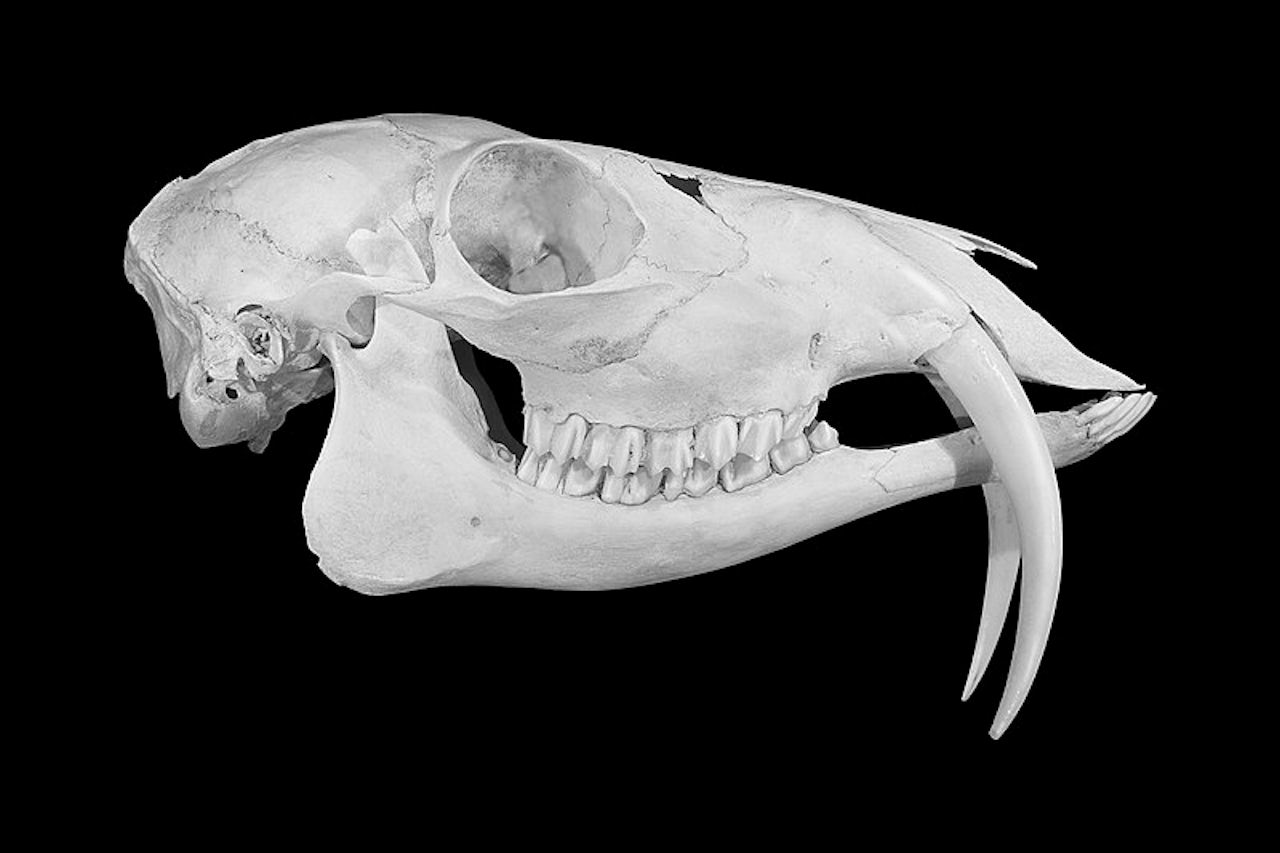We’ve always known that climate change and human land use have extreme effects on the environment, but combined, the two paint an apocalyptic vision of our earth’s future.
According to a new research paper by University College London geneticist Tim Newbold published by the Royal Society, by the year 2070 (a blink of an eye in biological terms), climate change is positioned to be a bigger threat to ecosystems than human land use, including deforestation, agricultural pollution, and developing roads and cities.
And if we don’t reduce emissions dramatically, the species loss will be dramatic. 37.9 percent of all vertebrates—which includes amphibians, mammals, and reptiles alike—are vulnerable to extinction if our current emission levels from climate change and land use remain the same, a loss of which would be devastating to the breadth of different species the planet can host.
We’re already in the midst of a massive loss of species across the planet, but estimates about the severity of the problem vary vastly. However, this study considered a combination of future projections about the climate with data about land use and species populations in over 7,500 locations around the world. According to Newbold, consistently studying land use and climate change separately may have lead us to underestimate the full extent of human-caused extinction this upcoming century.
"This is the first piece of research looking at the combined effects of future climate and land use change on local vertebrate biodiversity across the whole of the land surface,” Newbold said in a press release, “which is essential when considering how to minimise human impact on the local environment at a global scale.”
At present, somewhere between 24 and 150 species go extinct each day. This isn’t enough to qualify as a “sixth extinction event,” or a tipping point in which almost everything on the planet is killed. However, humans are depleting ecosystems so severely that another major biological trigger or worldwide natural disaster could make an extinction event a reality.
The most vulnerable regions are tropical rainforests, savannas, and grasslands, according to the study. The area of savannahs and grasslands, which are relatively dry areas, is expected to increase astronomically to over 50 percent of the world’s landmass by the end of the century. But for the purposes of this study, the author assumed that these dry areas will remain the same size. In essence, the results are a underestimate. The reality will probably be much worse.
Since these regions are already incredibly warm, the species that live there are incredibly specialized to survive in those conditions. At this point, it’s unclear which species will have the ability to migrate to a more suitable climate and which ones will simply perish.
The human population expected to expand from 11 billion people in 2050 to 27 billion people by the end of the century. In addition to the land use and development necessary to support that inflated population, if we don’t restructure the way we produce energy, our emissions will proliferate out of control.
